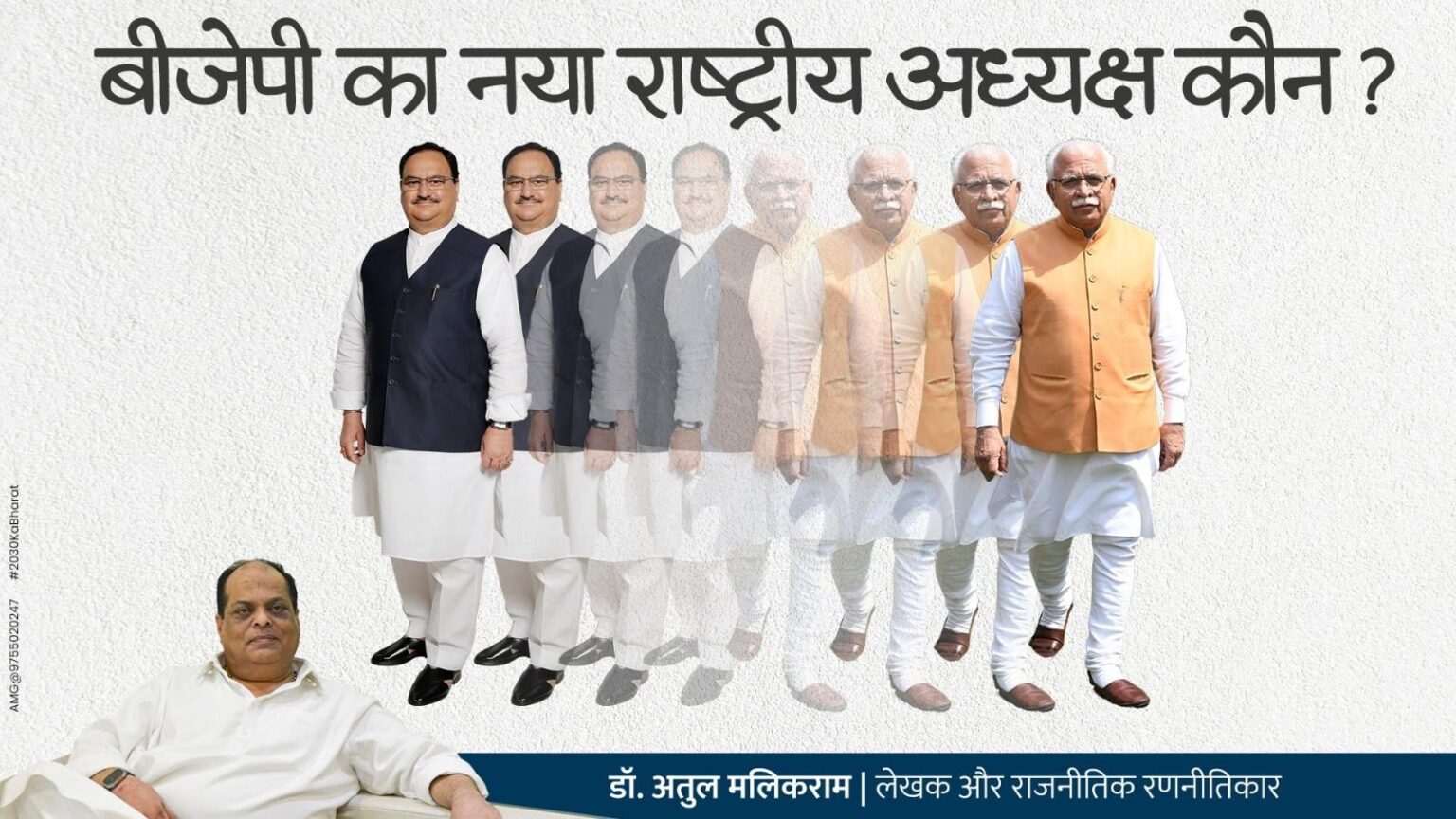New Delhi: Out of India’s 28 states and 8 Union Territories—totaling 36 administrative units—the Bharatiya Janata Party (BJP) currently holds power in 21. While Prime Minister Narendra Modi’s towering influence remains the most visible reason for this political stronghold, the less discussed yet highly strategic reason is BJP’s meticulously crafted social and caste balancing formula. This approach has allowed the party to saffronize more than half the Indian map, from Delhi to the Northeast and across Union Territories.
A key component of this strategy has been inclusive leadership. BJP has appointed leaders from Scheduled Castes (SC), Scheduled Tribes (ST), Other Backward Classes (OBC), minorities, upper castes, Sikhs, and other regional communities to key positions such as Chief Ministers and party presidents. This move has ensured visible representation and psychological assurance to every social group within the party structure.
However, one notable omission in this otherwise all-encompassing structure has been the Punjabi community, which so far has had limited representation in top national roles. This gap, analysts believe, could be addressed if the BJP appoints Manohar Lal Khattar as its next national president. The question that now looms: Why Khattar and why now?
Strategic Social Representation
Recent appointments illustrate how BJP continues to fine-tune its leadership matrix to reflect caste and community dynamics:
- Chhattisgarh’s Vishnu Deo Sai (ST) and Madhya Pradesh’s Mohan Yadav (OBC) were appointed as CMs.
- Haryana’s Nayab Saini (OBC) and MP BJP president Hemant Khandelwal (Vaishya community) are examples of OBC and business-class inclusion.
- Rekha Gupta, Delhi’s CM, also comes from the Vaishya community.
- Maharashtra’s Devendra Fadnavis and Rajasthan’s Bhajanlal Sharma, both Brahmins, reflect strong upper-caste representation.
- UP CM Yogi Adityanath brings in the Rajput factor, while Goa’s Pramod Sawant represents the Maratha community.
- Arunachal Pradesh CM Pema Khandu, from the Buddhist community, showcases minority representation.
Dalit inclusion has also been addressed via structural changes like reclassification of the Pal-Gadariya community in Haryana from OBC to SC.

However, despite the Punjabi community’s strong socio-economic influence in North India—especially in Delhi, Punjab, and Haryana—it has yet to receive comparable representation in top BJP posts. This could change with Khattar, a Punjabi Khatri, emerging as a frontrunner for the party’s top post.
Why Manohar Lal Khattar?
Khattar’s potential appointment ticks multiple strategic boxes:
- Old association with Narendra Modi: Their working relationship dates back to 1996, when Modi was Haryana BJP in-charge.
- RSS roots: Khattar has been an RSS pracharak since 1977 and joined BJP in 1994.
- Organizational strength: He served as BJP’s organizational secretary in Haryana till 2014 and led the party to successive victories in 2014 and 2019.
- Non-Jat CM balancing: As a non-Jat CM in a state heavily influenced by Jat politics, Khattar helped consolidate the non-Jat vote base.
- Disciplined image: He is seen as calm, decisive, and loyal—qualities that align well with Modi-Shah’s leadership vision.
Political Implications
Appointing Khattar as national president could help BJP consolidate Punjabi sentiments, especially with Lok Sabha elections on the horizon and the need to balance regional equations post-2024. It would send a strong message of inclusivity to a community that has, until now, remained on the sidelines in BJP’s top echelons.
In essence, BJP’s rise has not been accidental—it is the outcome of a conscious, calibrated caste arithmetic blended with strategic leadership choices. As the party looks to deepen its hold, the question of Manohar Lal Khattar’s elevation could mark the next milestone in this journey of political engineering.






